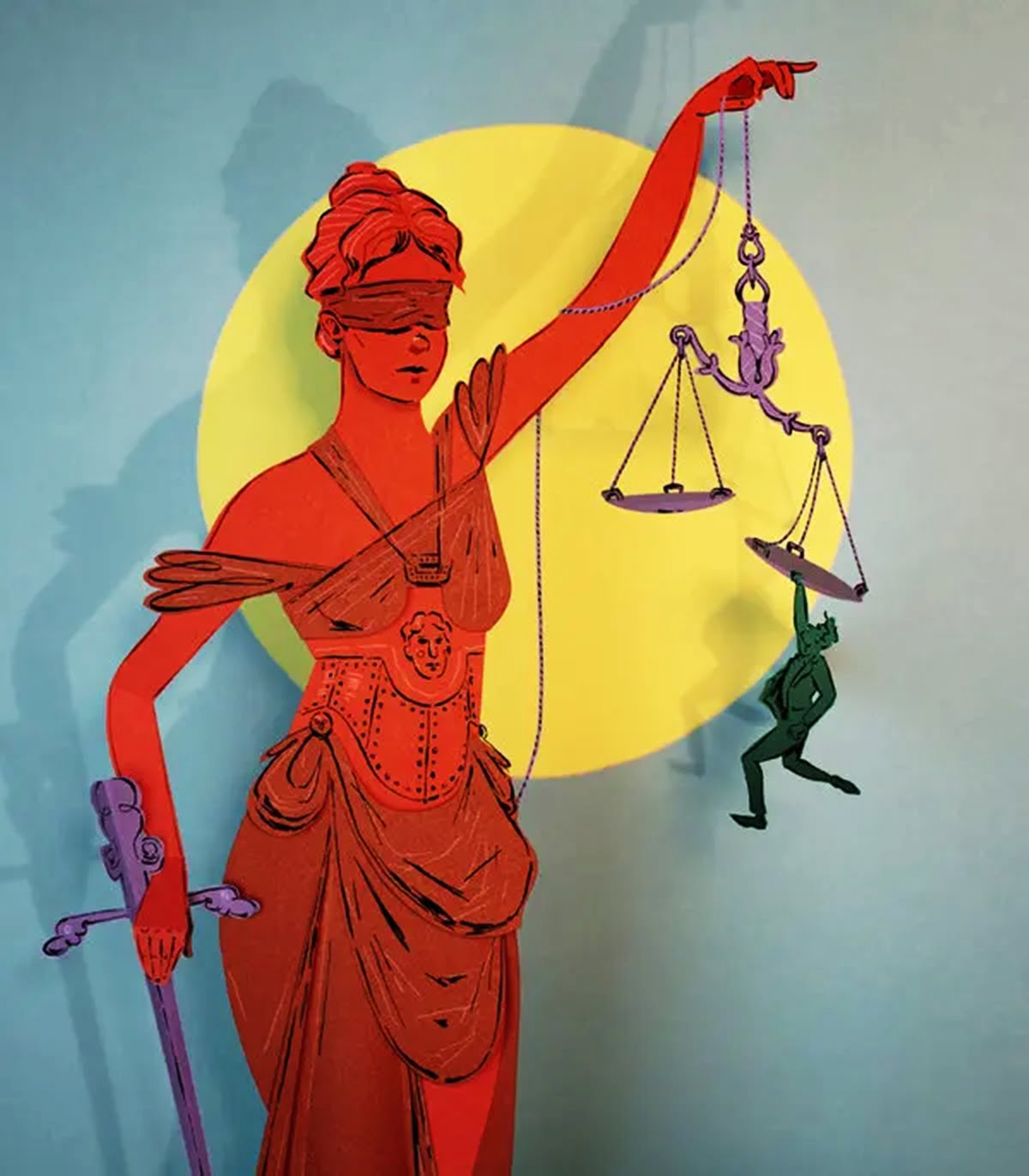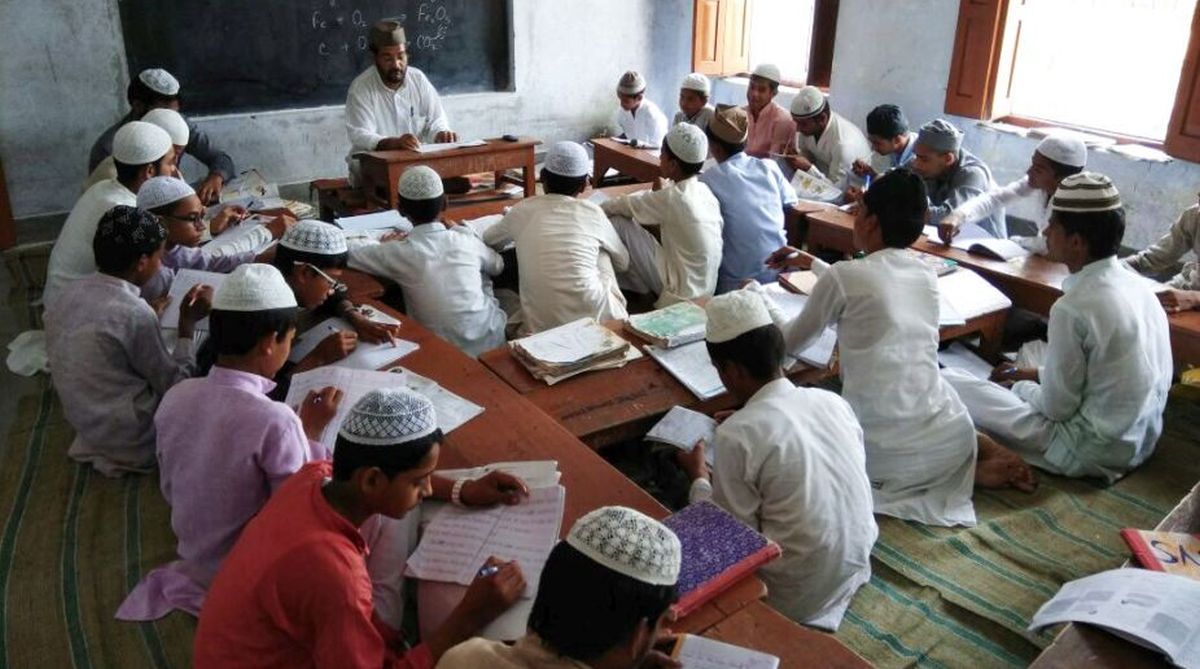The current legal system is a far cry away from a trauma-sensitised one and there are many examples, both in recent memory as well as in the past, which illustrate the lack of a much needed trauma-informed lawyering.
Recently, a sitting judge of the Karnataka High Court, while granting anticipatory bail to the accused in a rape case in Rakesh B. v. State of Karnataka, remarked that the survivor falling asleep after the perpetration of the act is “unbecoming of an Indian woman; that is not the way our women react when they are ravished.”
The comment drew heavy criticism and was eventually expunged from the order, but this is just one among the plethora of other examples which highlights the lack of a trauma-informed lawyering in our system.
Lawyers are not medical professionals, mental health professionals or doctors. However, the realisation and acknowledgement that many clients who come to seek legal services may have faced trauma, will help lawyers in understanding and communicating with such clients and with judges, in a better, more trauma-informed manner.
The realisation and acknowledgement that many clients who come to seek legal services may have faced trauma, will help lawyers in understanding and communicating with such clients and with judges, in a better trauma-informed manner.
Also read: Movement Lawyering As A Tool To Articulate Feminist Values And Goals
Although India has a well established legal system, navigating it may not always be easy and straightforward, especially for survivors of gender-based violence. Accessing the formal legal process can by itself be an extremely re-traumatising event for survivors where they often have to interact with law enforcement personnel who may not be well-versed in trauma-informed approaches and recount the instance of abuse numerous times.
The legal proceedings revolve around the traumatic event itself, which may further make the effective representation of a traumatised client difficult. In such cases, it is important to acknowledge their lived realities and experiences while trying to understand whether and how trauma has impacted their lives.
In the Mathura case, the Supreme Court agreed with the contention raised by the appellants (the accused), that the act of sexual intercourse had been a ‘peaceful affair’ and held that the survivor had had consensual sexual intercourse with the appellants.
The Madhya Pradesh High Court recently directed the accused charged with sexual harassment and intent to outrage her modesty, to get a ‘rakhi’ tied by the woman on Raksha Bandhan and to give her money as is part of the customary ritual. Such an order reeks of not just gross stereotypes devoid of any legal reasoning, but also of a deep lack of a trauma-informed lawyering and understanding of the impact of an experience of sexual assault on a survivor.
The recent order granting bail to the social workers in the Araria gang rape case reaffirms the lack of trauma-informed lawyering in how cases of sexual violence are adjudged in a routine manner. The court particularly noted that the grounds on which the bail was ordered was clearly impermissible under law.
Until it was repealed by the Parliament in 2002, Section 155(4) of the Indian Evidence Act, 1872 allowed the defence to cite the ‘general immoral character’ of the survivor in a rape trial, and the evidence derived from it could be used to infer to the veracity of the survivor’s testimony.
Thus, questions relating to the past sexual history of the survivor could be used to question and reduce the credibility of the survivor’s story. Further, the Criminal Law (Amendment) Act, 2013, Section 53A was inserted in the Indian Evidence Act, which made the survivor’s past sexual history irrelevant to the issue of consent. Although these provisions of the law have been changed, the fact remains that victims are still asked questions related to their past sexual history, their choice of clothing, preference for alcohol etc.
Although these questions are immaterial, as the judges are not required to decide anything but the incident at hand, they are routinely used to denounce the legitimacy of the survivor’s account. Another practice which continues, despite the Supreme Court ruling in Rajesh v. State of Haryana, such that it violates the right of rape survivors to privacy, physical and mental integrity and dignity, is the “two finger test” that survivors are subjected to in order to determine rape.
Judgements such as these and the continuance of these practices point not only towards deeply entrenched stereotypes against survivors and a basic lack of trauma-informed understanding and its effects on survivors, but also towards a lack of awareness of what the terms “rape” or sexual assault constitute. It is therefore important that trauma-informed approaches be adopted, in order to move towards a more gender equitable society.
What is trauma-informed lawyering?
The principle aims of trauma-informed lawyering are to reduce re-traumatisation and to improve legal advocacy by recognising the role trauma plays in the lawyer-client relationship. Trauma can be defined as “an event that renders an individual’s internal and external resources inadequate, making effective coping impossible.”
The focus of trauma-informed lawyering is to ensure that the client’s autonomy and confidentiality is maintained. A simple illustration of this includes the use of open-ended questions instead of those which have to be answered with a ‘yes’ or a ‘no.’
For instance, instead of asking the survivor whether they’d like a divorce, it may be more helpful to ask them what their expectations out of the case are. It actively seeks to move beyond ascribing to the fault-based approach, while assuring survivors that they are not responsible for what has taken place.
Victim blaming is one of the most common and well-known forms by which a lack of trauma-informed approach is displayed by the judicial process, such as in the cases described above. Scientific studies outline that a person’s response to trauma can be classified under four primary heads, colloquially known as fight, flight, freeze or fawn (appease).
Despite that, rape myths and expectations regarding the survivor’s behaviour during the traumatic incident are still rampant and often affect the credibility of the survivor’s testimonies. Even though adopting a trauma-informed lens by a lawyer may not protect the survivor from problematic and demeaning questioning at the hands of the police and opposing counsel, it can go a long way in easing the process of navigating an otherwise hostile legal system.
The 4 R’s are an effective way to remember the basic tenets of trauma-informed practices--Realising the widespread impact of trauma; Recognising the symptoms of trauma in clients; Responding by inculcating knowledge about trauma in policies, procedures and practices; and actively Resisting re-traumatisation.
What does trauma-informed lawyering look like in practice?
A trauma-informed stance is a set of principles that inform their interactions with the client at all times. A few integral elements of such a stance are transparency, client control, predictability, reliability, proactive support and patience.
Client control means giving clients a voice in the decisions that affect them and working with them instead of for them in deciding the strengths and weaknesses of each legal remedy available. This can also go a long way in ensuring that the client feels in control of the legal proceedings and counter the sense of helplessness and powerlessness that they may have experienced due to the past trauma.
Predictability, in legal practice, may look like regularly previewing the broader legal process, the events that can be expected and informing the clients of meetings and court proceedings that they will need to attend. It may also be useful to incorporate routines such as always holding the meeting on the same day of the week and being available at the pre-decided time in order to ensure that the client feels that they can rely on their lawyer.
Even though it may not be a part of the client-attorney relationships, it can be particularly helpful if the lawyer can offer proactive support by referring them to mental-health practitioners, doctors or any other professionals who may be able to ensure that the survivor’s well-being is holistically taken care of.
After an instance of violence, survivors may often take a long time before they repose their trust or share the exact details of the incident with their lawyer. At this juncture, a good way to build a healthy relationship is to ensure that the survivor is reassured that they are not responsible for what happened while also exercising a high level of patience.
Even if lawyers representing clients are trauma-informed, it is possible that they may continue to face difficulties during legal processes to seek remedies. This may also affect their interactions and experiences in courtrooms as well.
Right from ascertaining the right facts to filing the First Information Report (FIR) to facing cross examination in court, trauma is likely to impact the client in various ways. For example, the stress of a court proceeding where the survivor has to recount the traumatic event for the purpose of recording their testimony can be triggering for the survivor and can re-traumatise them.
This could lead to the survivor giving inconsistent testimony which may not go down favourably in front of a judge who may then write them off as unreliable. A solution to this problem can be the principle of predictability mentioned earlier in the trauma-informed stance that lawyers should adopt.
Allotting extra time to prepare the client for their testimony in court and going over even seemingly mundane details such as placement of people in the court or what questions to expect during cross examination will help to normalise the experience in the courtroom and help clients cope.
Thus, giving a preview of the proceedings and making sure that the client understands that they might have to recount their trauma experience in front of unknown persons like the judge and the opposing counsel will help them feel more in control as well as increase the predictability for when the actual event takes place.

Trauma-informed approaches have been incorporated in parts in the legal system. For instance, the need for corroborating a survivor’s testimony has been repeatedly read down as far back as in 1951 especially in cases where their statements have proven to be consistent throughout.
This has been reiterated by the apex court in subsequent cases such as, Moti Lal v. State of Madhya Pradesh where the court held that the victim’s testimony need not be supported by corroborative evidence including evidence of the doctor, as it is settled law that survivors of sexual violence are not treated as an accomplice in the act. Even though this is not a universally accepted practice, several courts have used this as the standard of proof.
An example of a trauma-informed approach that was adopted by the court can be seen in the case of Thankappan v. State of Keralawhere the Kerala High Court relying on the science of trauma-responses, held that, a survivor’s surrender to the act of rape cannot be construed as consent for sexual intercourse.
Another example of when a trauma-informed approach was adopted by the court can be seen in the case of Thankappan v. State of Kerala where the Kerala High Court relying on the science of trauma-responses, held that, a survivor’s surrender to the act of rape cannot be construed as consent for sexual intercourse.
The judge further went on to quote an observation made on rape survivors regarding trauma response by Judith Lewis Herman, an American psychiatrist and researcher on traumatic stress in her book, Trauma and Recovery, which reads as follows.
“When a person is completely powerless, and any form of resistance is futile, she may go into a state of surrender. The system of self-defense shuts down entirely. The helpless person escapes from her situation not by action in the real world but rather by altering her state of consciousness…”
Also read: Unpacking The Reasonable Woman Standard – A Case To Respect Survivor’s Lived Experience
Medical professionals, police personnel, and judges are a few other important members of the legal system who may expose the survivor to re-traumatisation if they’re not trained in trauma-informed practices.
In order to truly have a trauma-informed justice system, only lawyers adopting a trauma-informed approach will not be sufficient. All the key players in the legal system need to be sensitised and trained about trauma and its impact for the legal system to truly become a trauma-informed system.
Avanti Deshpande is an Intern at One Future Collective’s FemJustice Center.
Featured Image Source: NYTimes




